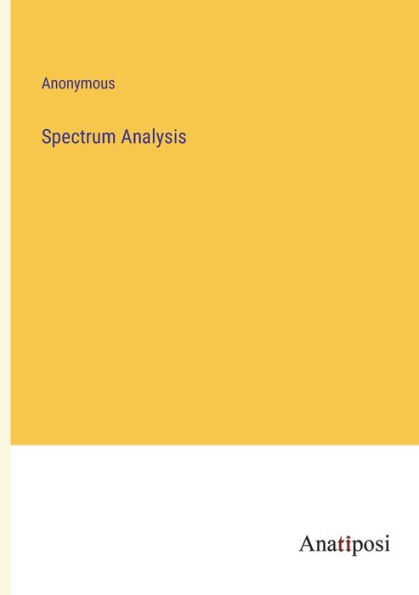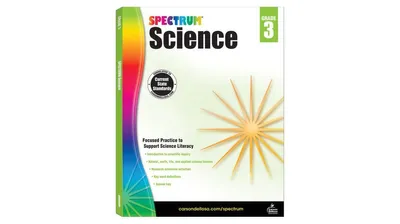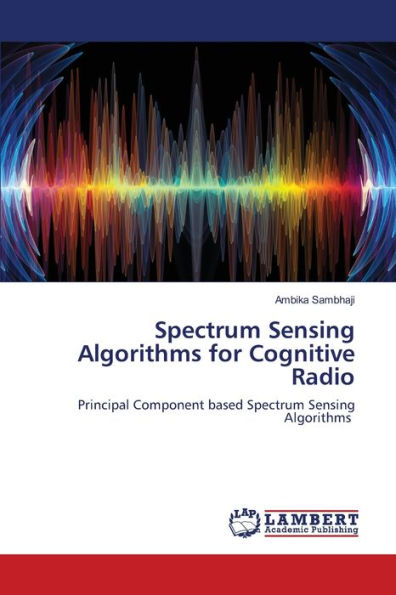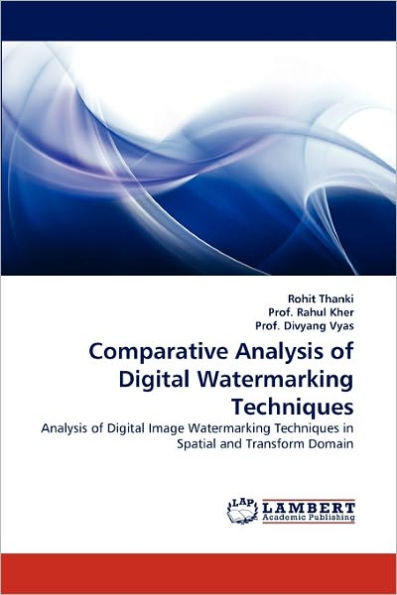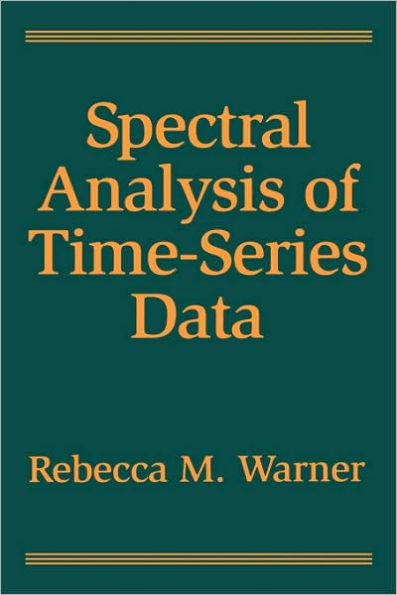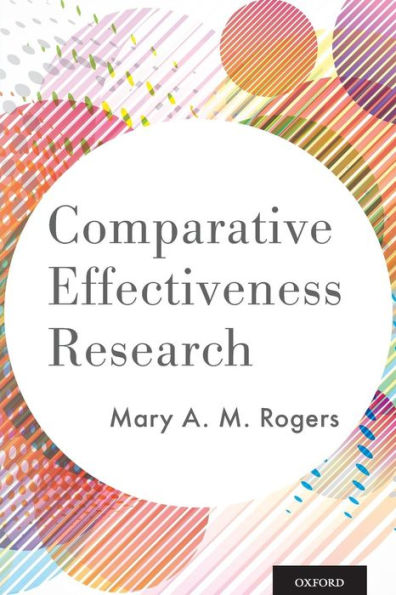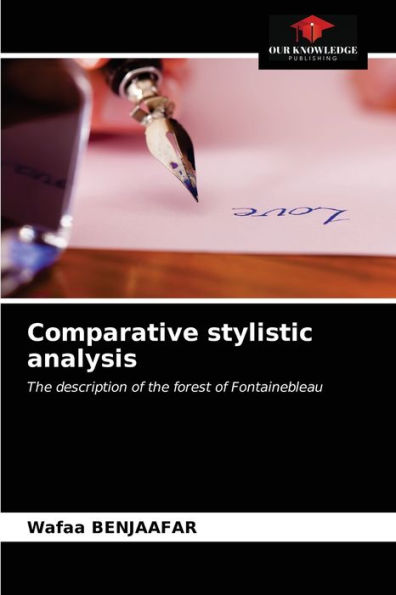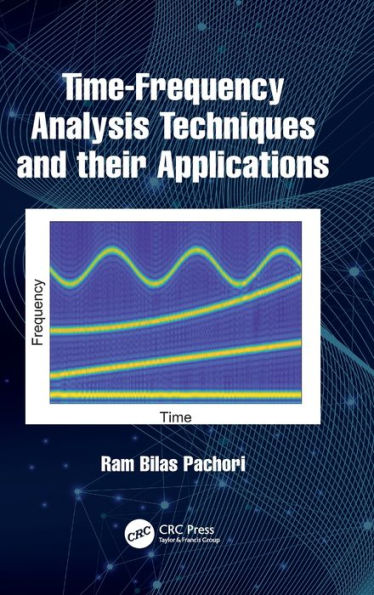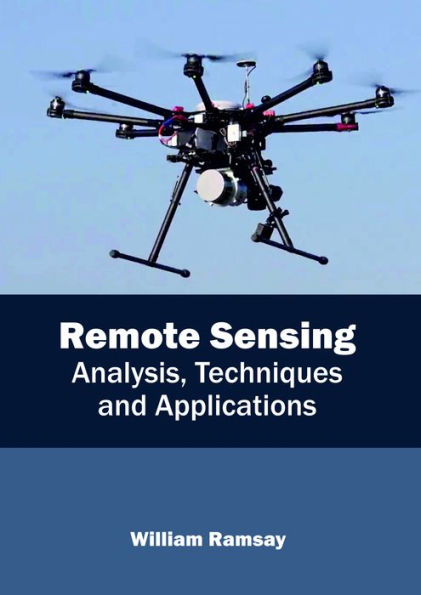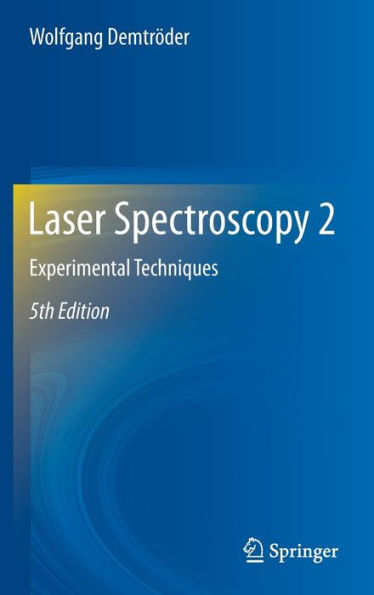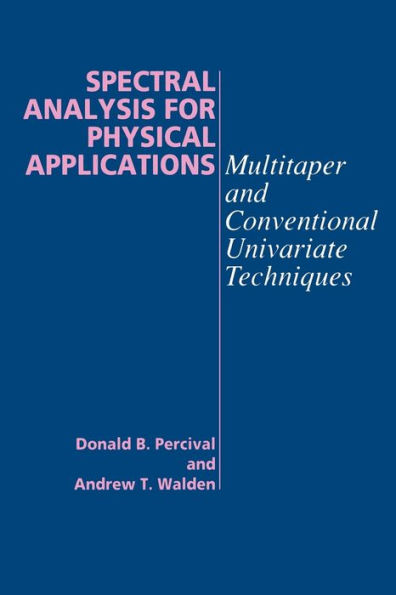Home
Spectrum Sensing Techniques: Comparative Analysis


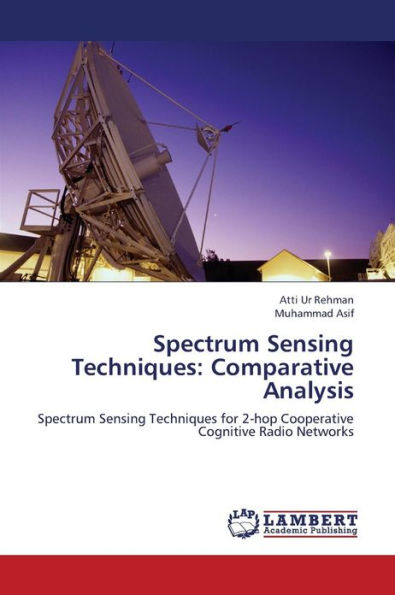
Spectrum Sensing Techniques: Comparative Analysis
Current price: $38.77
Loading Inventory...
Size: OS
In order to efficiently utilize the spectrum, the role of spectrum sensing is essential in cognitive radio networks. The transmitter detection based techniques: energy detection, cyclostationary feature detection, and matched filter detection, is most commonly used for the spectrum sensing. The Energy detection technique is implemented in the 2-hop cooperative cognitive radio network. OSTBC is used for transmission of data in the 2-hop network. The Energy detection technique is simplest and gives good results at the higher Signal to Noise Ratio (SNR) values. However, at the low SNR values its performance degrades. Moreover, each transmitter detection technique has a SNR threshold, below which it fails to work robustly. This book aims to find the most reliable and accurate spectrum sensing technique in the 2-hop cooperative cognitive radio network. Using Matlab simulations, a comparative analysis of three transmitter detection techniques has been made in terms of higher probability of detection. In order to remove the shortcomings faced by all the three techniques a Fuzzy Combined Logic sensing approach is implemented and compared with Transmitter detection techniques.
